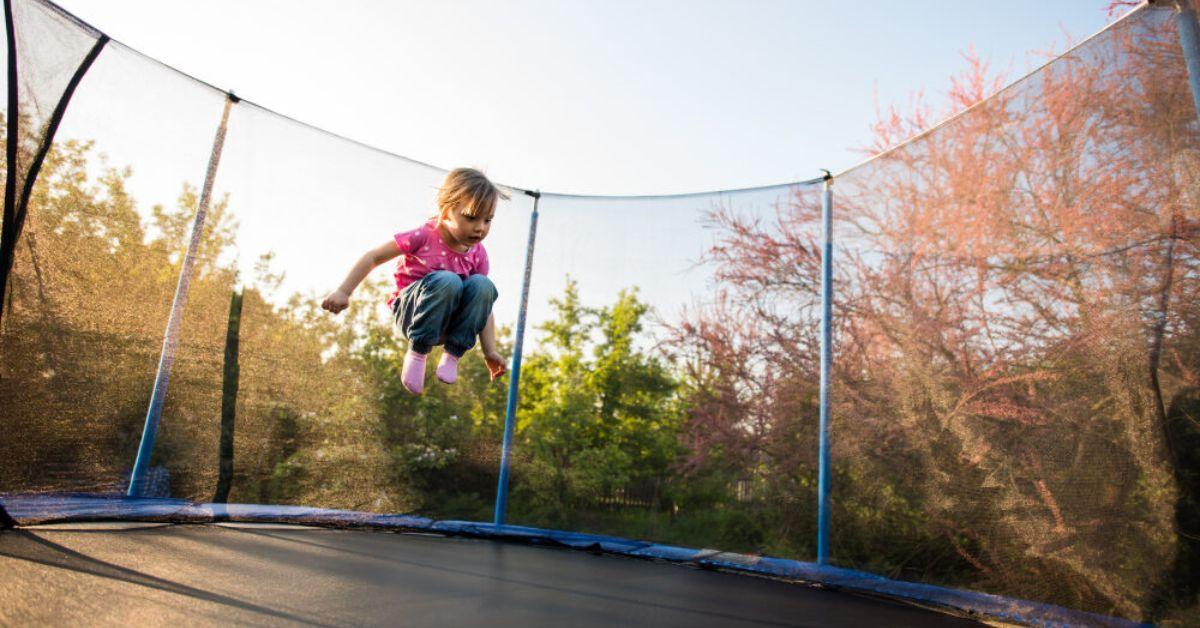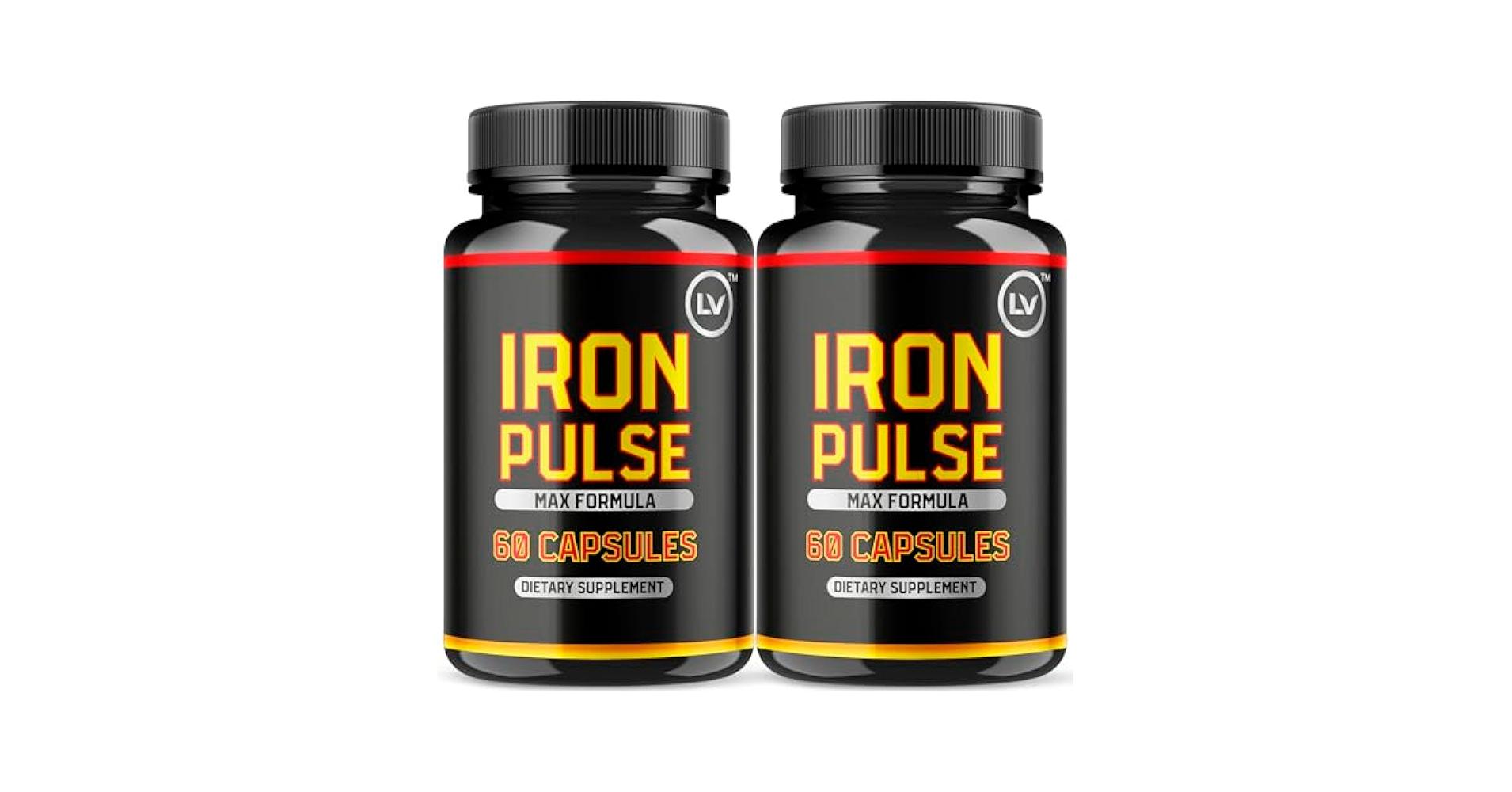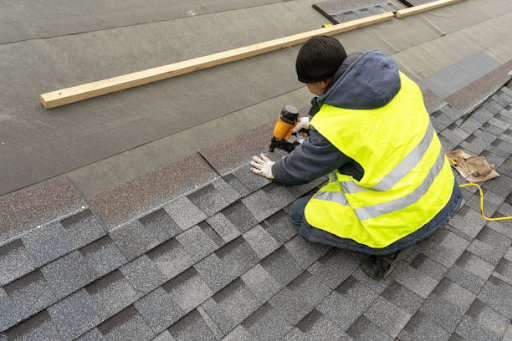Trampoline vs Rebounder Key Differences Explained

Bouncing equipment has become a popular way to stay active, enjoy recreation, and even practice low-impact exercise. Among the most common options are the trampoline and the rebounder. While they may appear similar at first glance, the differences between them are significant in terms of design, purpose, and experience. Understanding these differences will help you choose the right option for your lifestyle.
What Defines a Trampoline
A trampoline is a larger structure made with a sturdy steel frame, springs, and a strong jumping mat. It is primarily designed for recreational use, outdoor fun, and sports training. Trampolines are available in various shapes and sizes, making them versatile for families, kids, and even athletes. The larger surface area makes it possible to perform flips, jumps, and tricks that go far beyond simple bouncing.
What Defines a Rebounder
A rebounder, sometimes called a mini trampoline, is a smaller piece of exercise equipment designed for indoor fitness routines. It usually measures between 36 to 48 inches in diameter and is closer to the ground. Instead of encouraging high jumps, rebounders provide controlled low-impact bouncing that is ideal for cardio workouts, lymphatic system stimulation, and joint-friendly exercise routines. Rebounders are not meant for tricks or outdoor play but are highly effective for consistent fitness training.
Size and Space Considerations
The most noticeable difference between trampolines and rebounders is their size. Trampolines can span several feet in diameter and require significant backyard space, with models ranging from circular to specialized shapes like rectangular trampoline or oval trampolines.
Rebounders, on the other hand, are compact and portable, making them suitable for small indoor areas such as living rooms or home gyms. Your choice will largely depend on whether you want outdoor recreational fun or an indoor fitness tool.
Intended Use and Benefits
Trampolines are designed with recreation and versatility in mind. Families use them for fun, athletes use them for acrobatics training, and children benefit from active outdoor play. The benefits include improved coordination, cardiovascular health, and muscle strength.
Rebounders, in contrast, are focused on fitness and health benefits. They provide a safe, low-impact workout option for adults of all ages. Regular rebounding sessions can enhance balance, improve circulation, and assist in weight management without placing stress on the joints.
Safety and Risk Factors
Trampolines, due to their larger size and ability to allow higher jumps, carry a higher risk of falls or collisions if not used correctly. Safety nets, padding, and adult supervision are often recommended to minimize risks.
Rebounders are generally safer because of their low jump height and controlled use. They are primarily for individual exercise, reducing the risk of accidents and making them a safer option for older adults or those recovering from injuries.
Fitness Versus Fun
Choosing between a trampoline and a rebounder often comes down to whether your priority is fun or fitness. Trampolines provide entertainment, family bonding, and athletic training. Rebounders focus strictly on fitness, making them ideal for daily exercise routines. Both options offer physical benefits, but the experience and purpose differ significantly.
Cost and Durability
Trampolines, because of their size and outdoor construction, typically cost more and require greater maintenance. They need weather-resistant materials and periodic checks for wear and tear. Rebounders are usually less expensive and easy to maintain indoors, with their compact build requiring minimal upkeep.
Long Term Lifestyle Choice
When considering the long-term benefits, trampolines create lasting family memories and support an active lifestyle for children and teens. Rebounders encourage consistent exercise for adults looking to improve health without putting stress on their bodies. Both serve different but valuable roles in promoting well-being.
Conclusion
Although trampolines and rebounders may look similar at a glance, their differences make them unique for different needs. If you want outdoor fun, athletic training, and activities for kids, a trampoline is the right choice. If you want an indoor exercise tool that supports low-impact fitness, a rebounder is the better option. Evaluating your space, goals, and safety needs will guide you toward the perfect choice.
Frequently Asked Questions
What is the main difference between a trampoline and a rebounder?
The main difference is size and purpose. A trampoline is larger and used outdoors for recreation and sports, while a rebounder is smaller and designed for indoor fitness.
Can children use rebounders?
Rebounders are designed for controlled exercise and are not recommended as play equipment for children. Trampolines are safer options for supervised child play.
Are trampolines good for fitness?
Yes, trampolines improve cardiovascular health, balance, and coordination. They are often used in athletic training and recreational exercise.
Is rebounding safe for seniors?
Rebounders are considered one of the safest low-impact exercises for seniors because they are gentle on the joints and improve stability.
Which is more expensive a trampoline or a rebounder?
Trampolines are generally more expensive due to their size and outdoor durability requirements, while rebounders are more affordable and easy to maintain.







